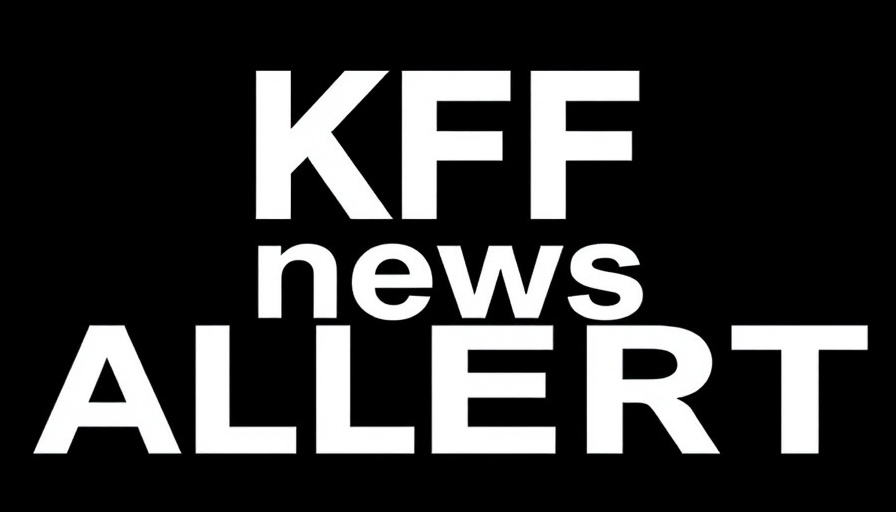
Understanding the Importance of Physician Diversity
Racial and ethnic diversity within the physician workforce is not merely an issue of representation; it holds profound implications for the health outcomes of various populations. Studies indicate that patients treated by doctors of the same ethnicity tend to experience better health outcomes. For example, Black patients who consult Black physicians demonstrate increased life expectancy and lower mortality rates. This phenomenon, known as racial concordance, signifies that having healthcare providers reflecting the demographics of their communities can foster trust and improve communication, leading to enhanced healthcare experiences and outcomes.
Challenges in Achieving Racial Concordance in Healthcare
Despite the evident benefits, a sobering reality exists: many individuals of color struggle to access healthcare providers who share their racial or ethnic background. Recent data from the Kaiser Family Foundation (KFF) reveals that a vast majority of Black, Hispanic, and Asian Americans report that less than half of their healthcare appointments are with racially concordant practitioners. This gap not only reflects systemic inequalities but also highlights the challenges faced in finding suitable healthcare providers who understand their cultural and personal needs. For many insured and uninsured citizens alike, this can compound health disparities already present in their communities.
The Impact of Policy Changes on Workforce Diversity
Recent legislative and judicial decisions have compounded the difficulties in diversifying the healthcare workforce. The U.S. Supreme Court's decision to end race-conscious admissions practices in higher education threatens to reverse the hard-won gains made toward increasing diversity in medical schools. As the number of Black, Hispanic, and American Indian and Alaska Native (AIAN) medical students declines, the ramifications for future healthcare accessibility for vulnerable populations cannot be overstated. Without a diverse cohort of physicians, the benefits of shared racial and ethnic backgrounds will remain out of reach for countless individuals, particularly those from marginalized communities.
What Can Be Done to Promote Diversity in Healthcare?
Addressing these disparities requires concerted efforts from various stakeholders—including healthcare institutions, policymakers, and communities. Promoting early exposure to healthcare careers among underrepresented demographics through mentorship programs and outreach initiatives is vital. Supporting organizations focusing on diversity and inclusion in medical schools can pave the way for a new generation of healthcare providers who reflect the rich tapestry of the United States. Empathy and education play crucial roles; when we understand the historical contexts that shape healthcare access, we can begin to dismantle the barriers that continue to disadvantage communities of color.
Creating a More Inclusive Healthcare System
Moreover, healthcare facilities must prioritize diversity not only in hiring practices but also in creating environments that value and respect patient experiences. Training programs that emphasize cultural competence can empower all healthcare workers to engage more effectively with patients from diverse backgrounds. As communities rally for equitable healthcare access, the echoes of their voices can lead to transformative changes in policy and practice.
Supporting Grassroots Initiatives in Healthcare
Local organizations dedicated to improving health equity play a vital role in this landscape. By supporting grassroots initiatives that target the unique needs of various communities, we foster environments ripe for collaboration and shared purpose. When community members advocate for their rights to accessible and culturally-relevant healthcare, it ignites a flame of hope and change. Individuals must feel empowered to demand the care they deserve, pushing for policies that reflect their realities.
In conclusion, increasing diversity among healthcare providers is essential for achieving equitable health outcomes across America. As a community, we must encourage systemic changes while supporting the emergence of a healthcare system where everyone has the opportunity to thrive. Join the movement towards health equity by advocating for policies that not only support diversity in workforce training but also community engagement.
 Add Row
Add Row  Add
Add 




Write A Comment